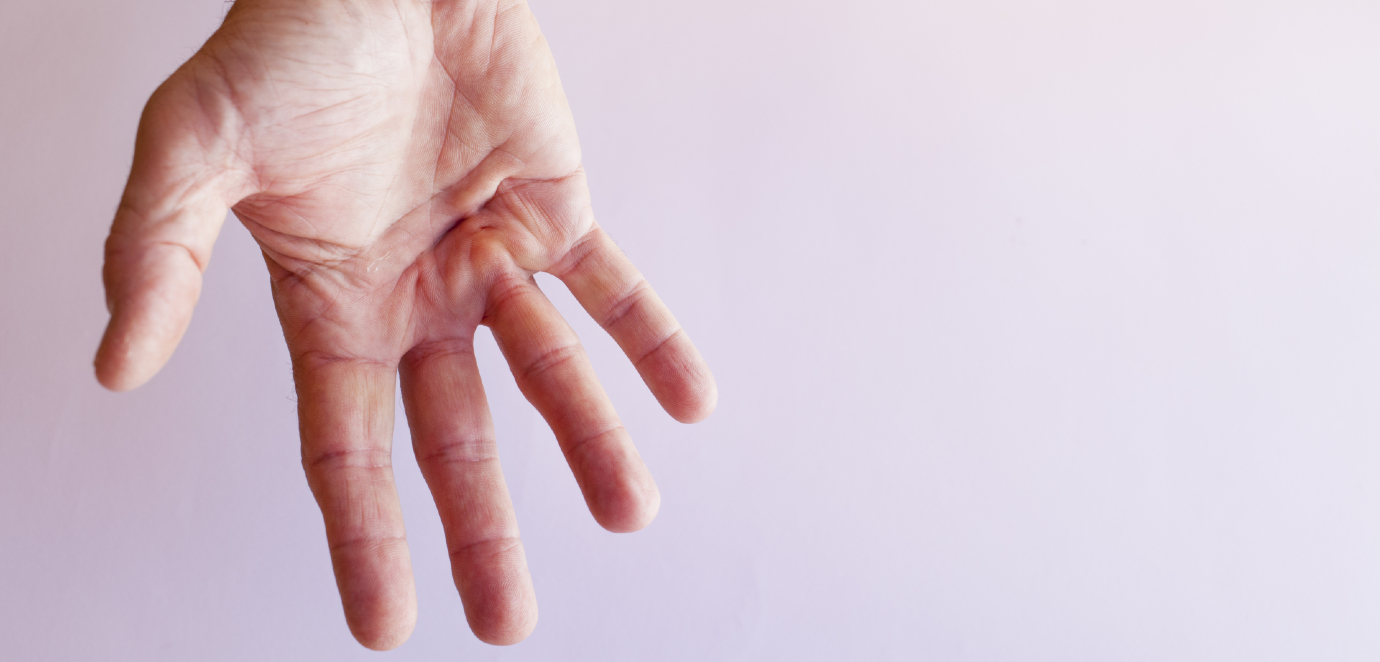

Surgery
Dupuytren’s contracture
Dupuytren’s contracture

Dupuytren’s contracture
Dupuytren's contracture (also called Dupuytren's disease) is a thickening of the muscle fascia on the palm of the hand and fingers. This thickening can lead to the bending of one or more fingers to the side or towards the inside of the palm. In a certain number of patients, the mentioned condition can interfere with the very function of the hand, thus making everyday activities difficult. Today, there are surgical and non-surgical methods to slow the progression of the disease and improve the mobility of the fingers.
Treatment of Dupuytren's disease
Depending on the involvement of the fingers and the severity of the disease, our team of surgeons will present you with the best treatment plan. Treatment of Dupuytren's disease can be surgical or non-surgical.Non-surgical treatment is based on reducing the symptoms of the disease with the help of corticosteroid injections (anti-inflammatory drugs). The mentioned therapy can help with the symptoms that the patients feel, but it will not prevent the progression of the disease.
Surgical treatment is the most common treatment for Dupuytern's contracture. The procedure is performed under local or general anesthesia, depending on the involvement of the fingers.
The procedure looks like the surgeon will make an incision in your hand and remove the thickened tissue to improve the function of the hand. Contractures tend to recur and a certain number of patients require reoperation.
Preparation for the procedure
Before the operation, you will consult with one of our surgeons. During the examination, the doctor will explain the procedure itself and possible complications, as well as the optimal method depending on your problem and expectations. You will also be introduced to how to behave after the procedure and how to prepare for it.Recovery
On the same day, patients are discharged to home care. A bandage will be placed in the area of operation. The stitches will be removed 7-10 days after the operation itself. After the wound has healed, it is recommended to start with physical therapy.Dupuytern's contracture is not a life-threatening condition, but the nature of the disease is such that it can interfere with the function of the hand and thus impair the quality of life. Operative treatment is the gold standard in the fight against this disease, after surgery, most patients will not have 100% hand function as before, but it will help improve symptoms and enable hand function to return.
If you are worried that you might have Dupuytern's contracture, it would be good to visit a surgeon in order to recognize the disease in time and find the optimal course of treatment.
Our Expert Doctors

Krešimir Bagatin, MD
Specialist in plastic-reconstructive and aesthetic surgery
dr.bagatin@cito.hr

Ivo Tripković, MD
Specialist in plastic-reconstructive and aesthetic surgery
dr.tripkovic@cito.hr
Want to ask a doctor?
Talk to us or leave us a message, we are here to help you
